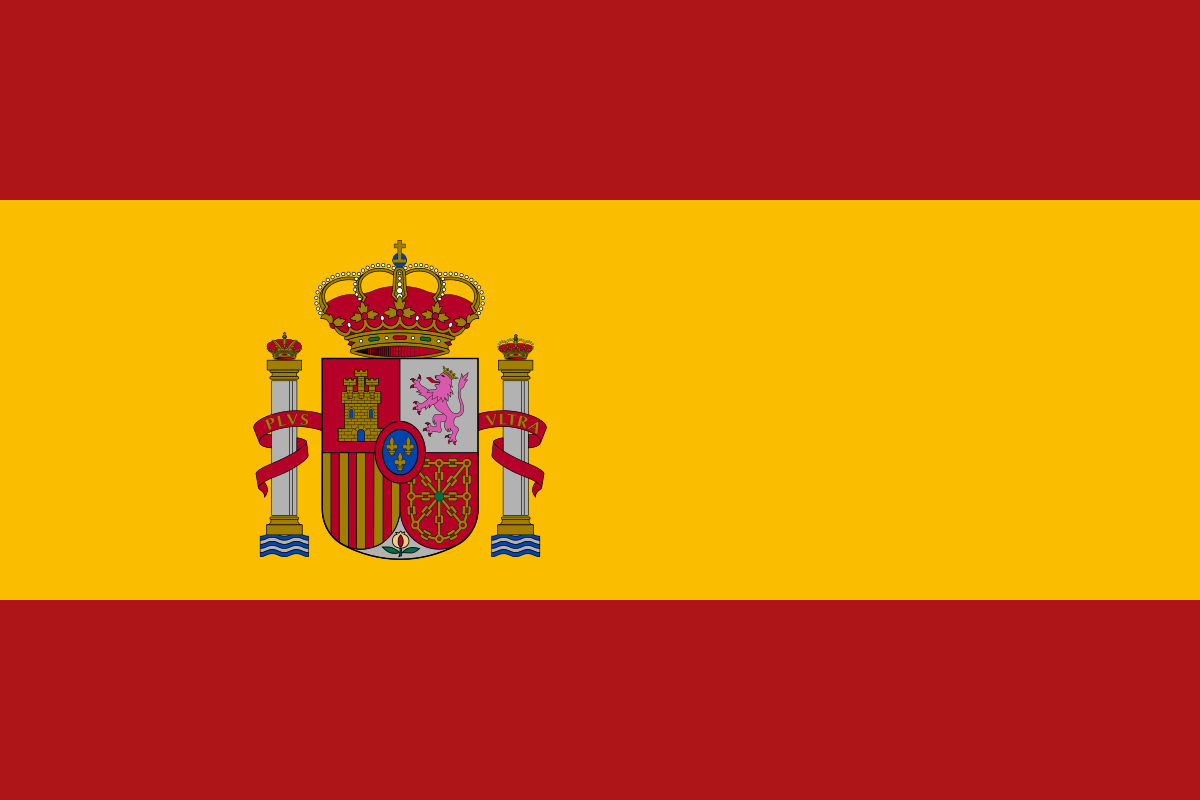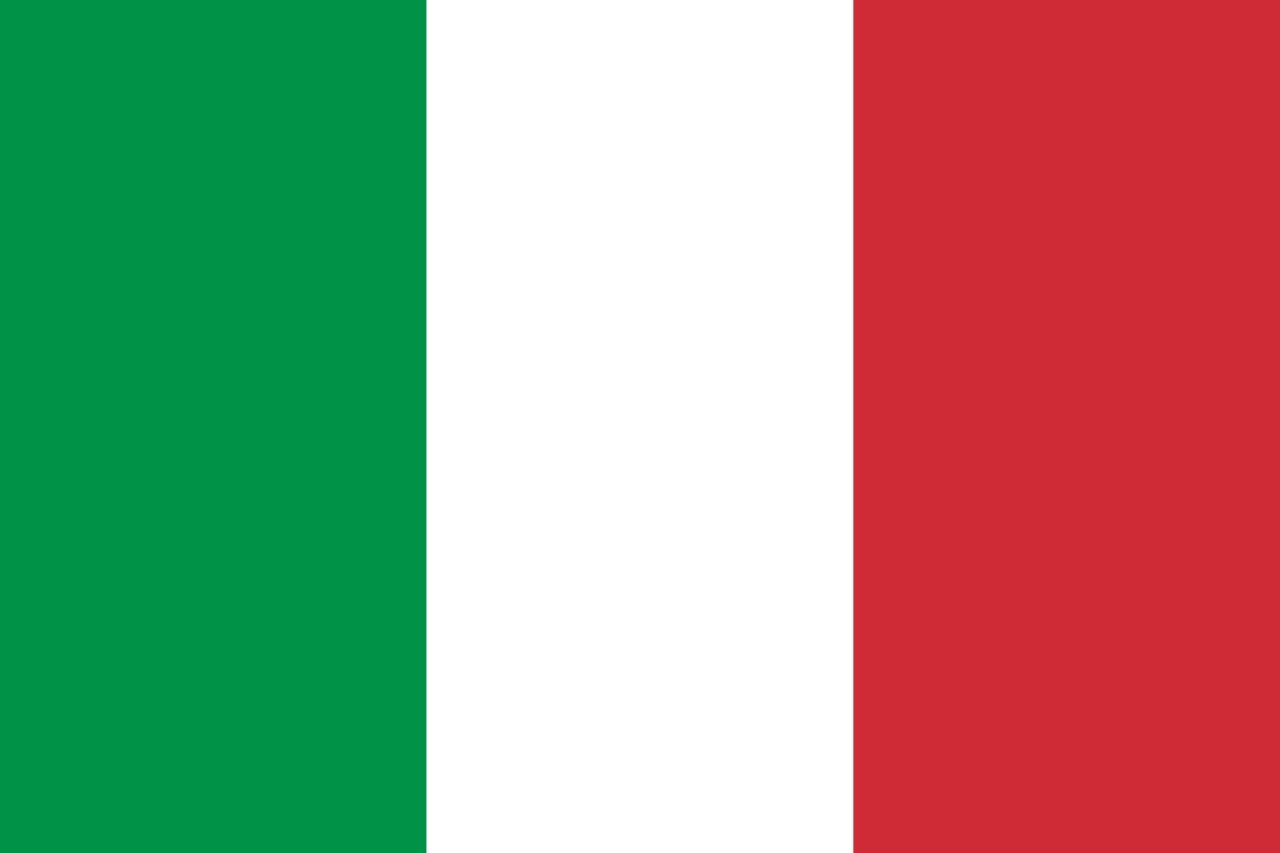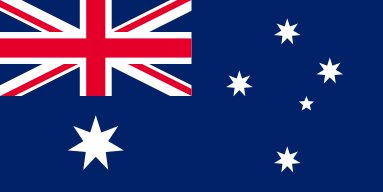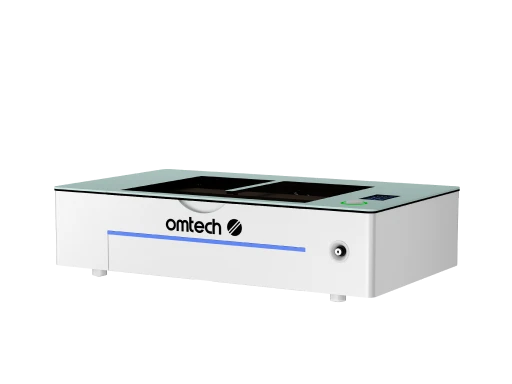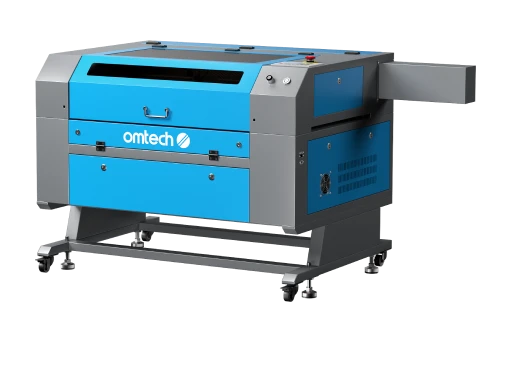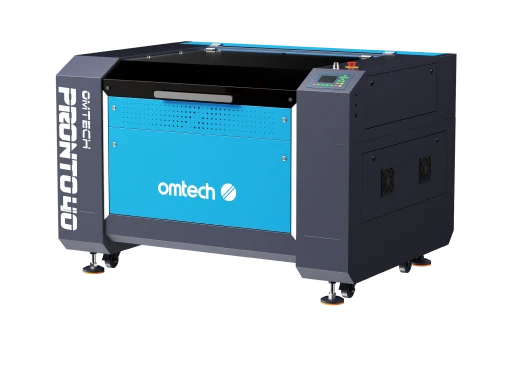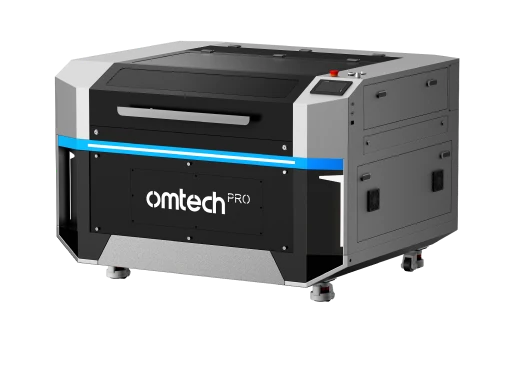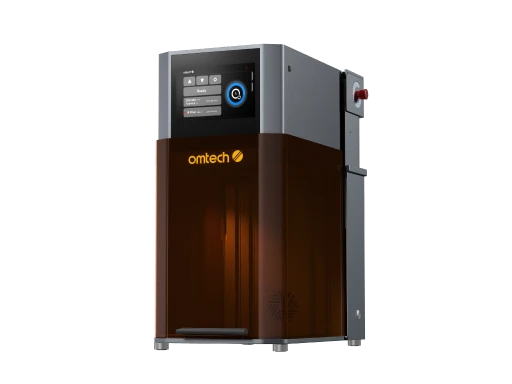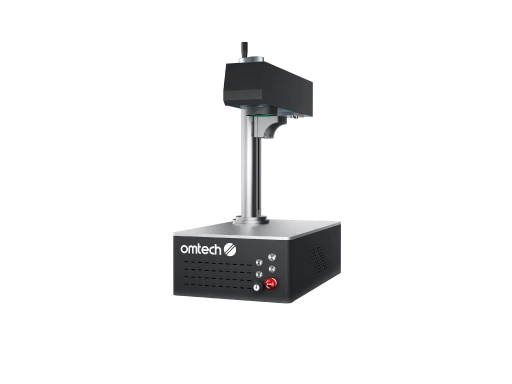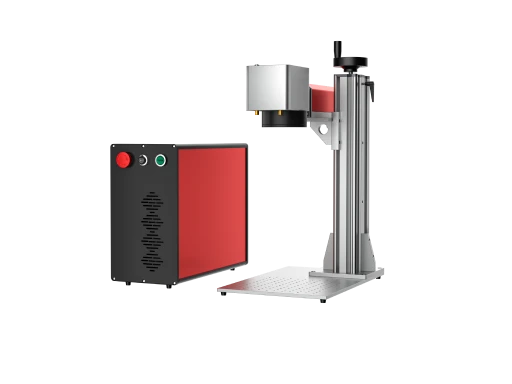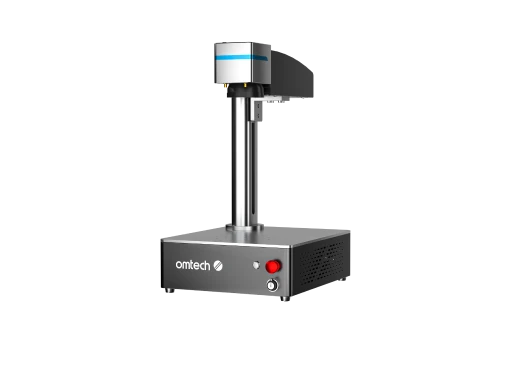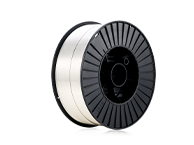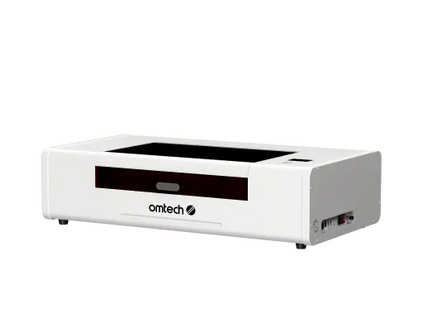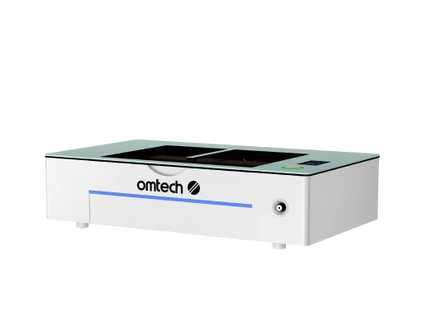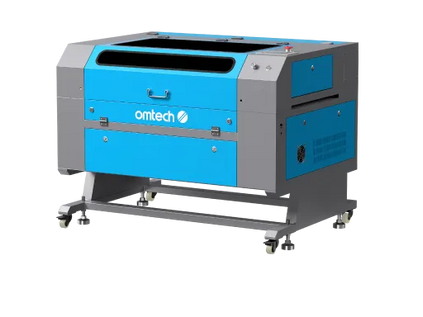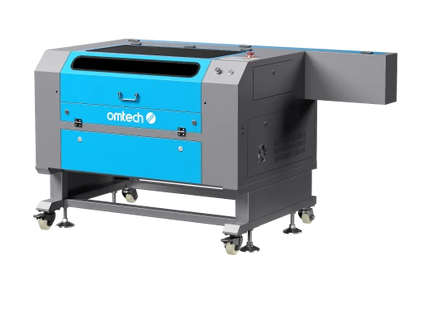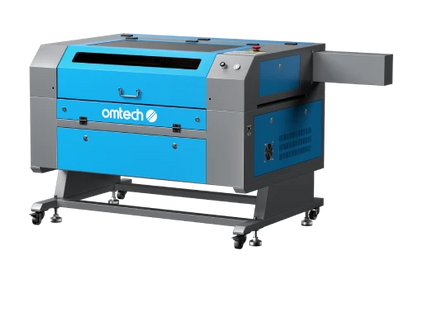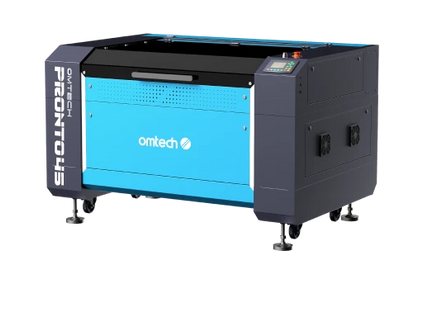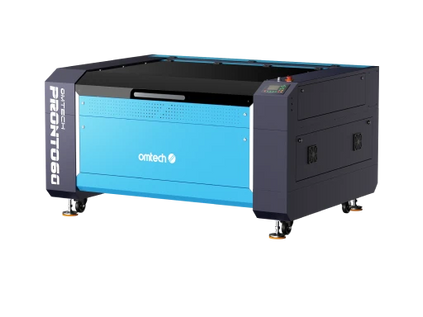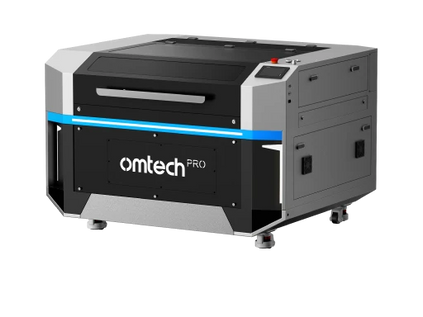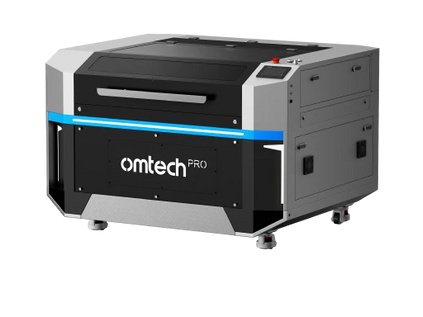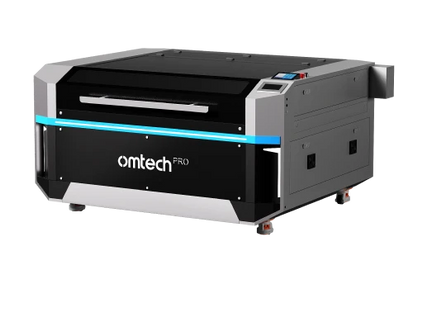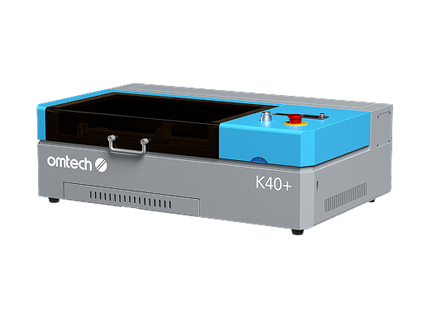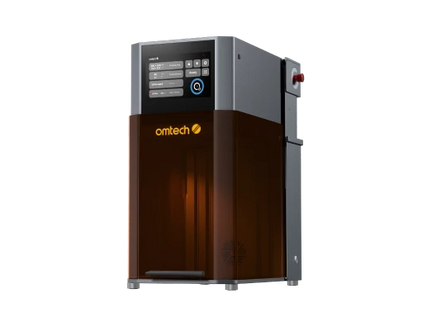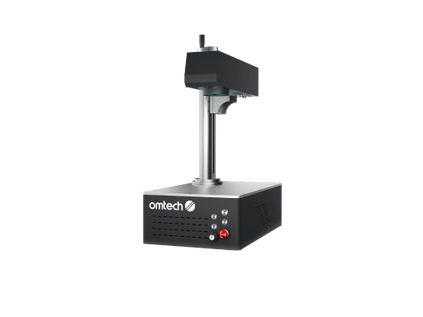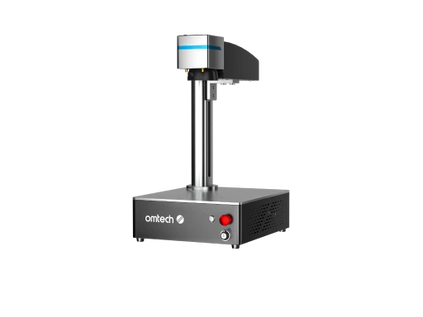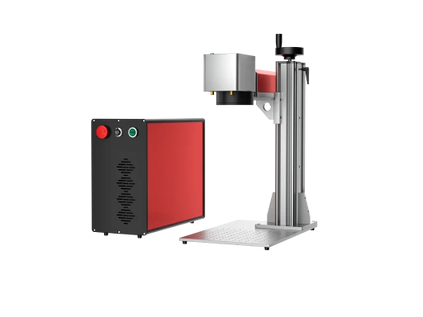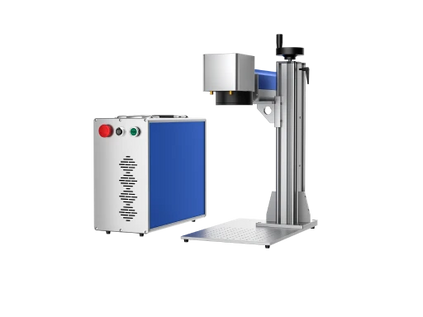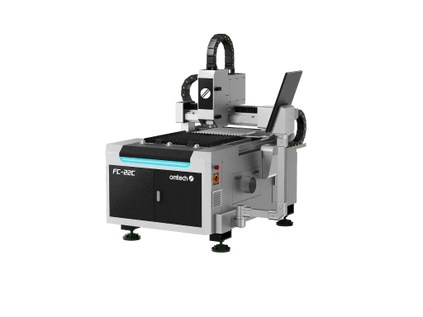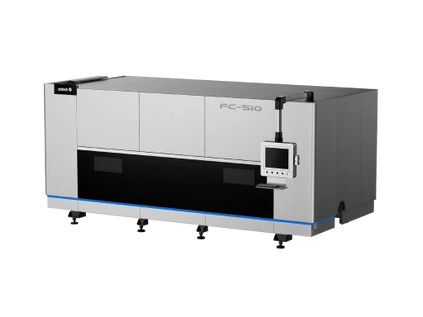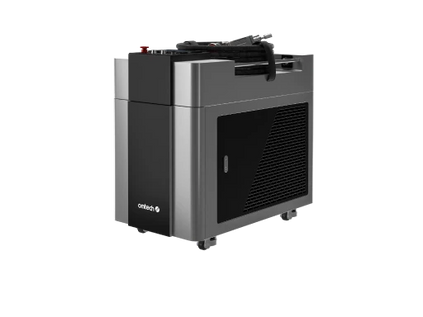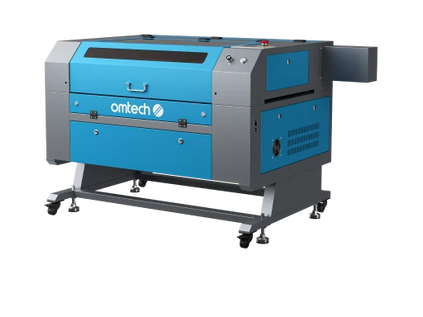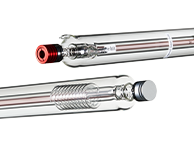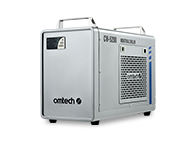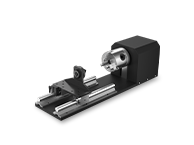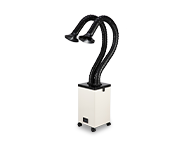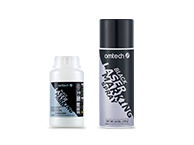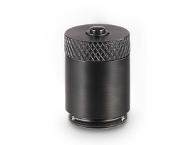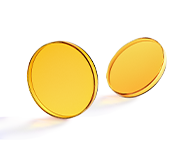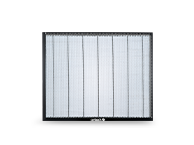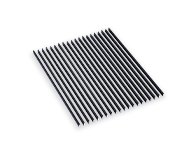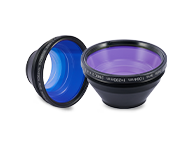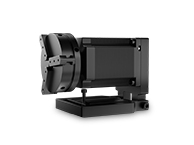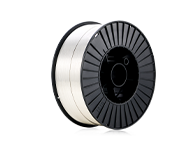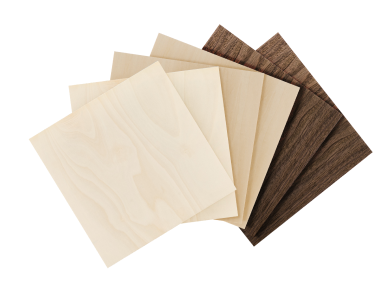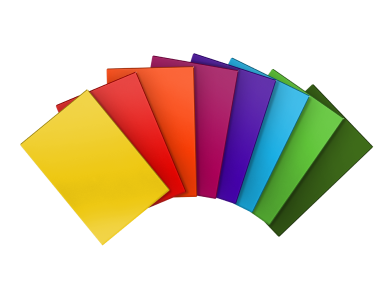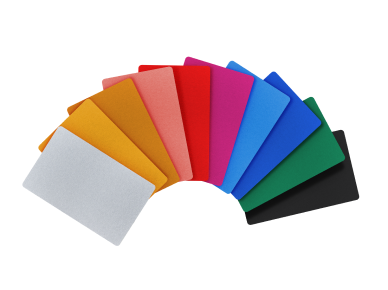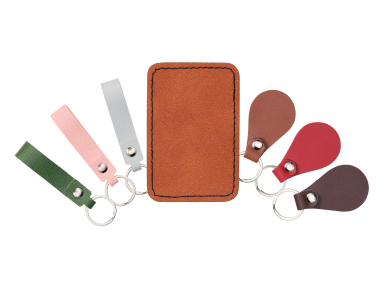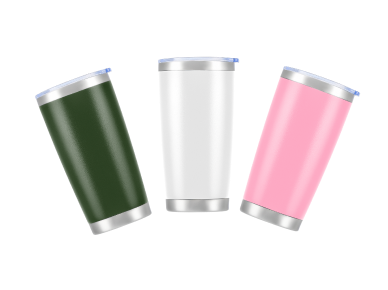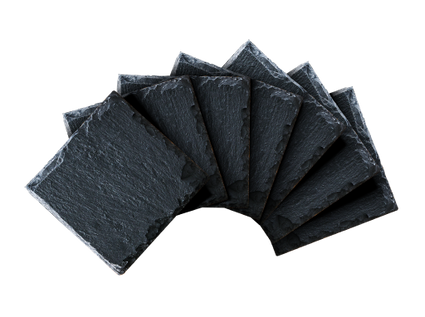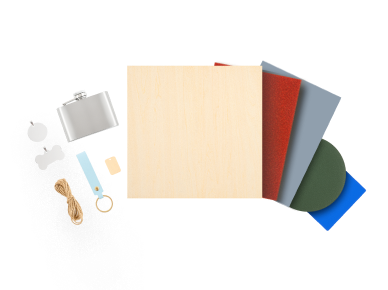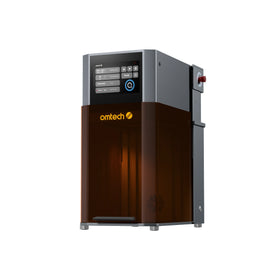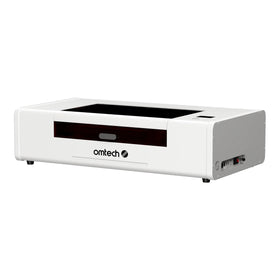DTF vs UV DTF Printing: Which One Fits Your Business?

When it comes to custom printing, DTF and UV DTF printing offer great opportunities for small businesses, hobbyists, and commercial brands. While they may sound similar, their applications and results are very different. Choosing the right printing method depends on your application—is your goal to customize clothing or other branding materials?
Today, we’re diving into the DTF vs UV DTF debate to help you understand the key distinctions between these similarly-named methods. When the difference between the two means customizing T-shirts or personalizing tumblers, it’s important to distinguish DTF from UV DTF. We’ll break down how each printer works, what it’s best used for, and who benefits most from each technology. Let’s explore how DTF and UV DTF compare—and how to choose the best fit for your growing business.
How DTF Printing Works
DTF (Direct‑to‑Film) printing is a process in which a design is printed onto a special PET or transfer film using pigmented ink (CMYK + white). While the ink is still wet, an adhesive powder is applied and fused. The printed film is then heat-pressed onto fabrics (T‑shirts, hoodies, blends). After pressing, the carrier film is peeled away, leaving ink + adhesive bonded to the garment. The beauty of this process is its broad compatibility with fabrics (cotton, polyester, blends) without requiring pre-treatment.
How UV DTF Printing Works
UV DTF, by contrast, marries DTF-style workflows with UV-curable inks and instantaneous curing. Instead of relying on adhesive powders that must be baked or cured thermally, UV DTF printers use UV light to set the ink and bonding agents instantly. That eliminates drying time and opens up adhesion to more rigid or non-porous substrates.
In essence, UV DTF printing vs DTF printing shifts where and how curing and bonding occur—swapping powder/heat processes for UV light and film engineering.
Pros & Cons: DTF vs UV DTF
Let’s compare the strengths and limitations of both methods.
Pros of DTF Printers
-
Material versatility on textiles. Because DTF is optimized for fabrics, it works well on a wide range of garments without requiring substrate pretreatment.
-
Mature, proven method. Many businesses already know how to handle adhesive, heat pressing, and film transfers.
-
Lower equipment entry cost. Setting up a conventional DTF workflow can be more affordable since you don’t need powerful UV curing systems built into the printer.
-
Strong textile adhesion. With the right powder and press conditions, DTF achieves durable results through wash and wear cycles.
But DTF also has drawbacks:
-
Slower overall process because of the powder & curing stage
-
Powder handling, cleanup, and ventilation concerns
-
Risk of improper curing or adhesive failure if press settings aren’t precise
-
Greater thermal stress on heat-sensitive fabrics
Pros of UV DTF Printers
-
Instant curing. UV light cures ink and adhesive immediately, eliminating wait times.
-
High material flexibility. Because UV cures ink into solid form, UV DTF can handle not only fabrics but also hard surfaces like glass, metal, acrylic, plastic, wood, and more.
-
Sharper detail, vibrant color. UV-curable inks often deliver intense color, crisp detail, and excellent durability.
-
Cleaner environment. No loose powder, reduced risk of airborne particles, and simpler cleanup.
But UV DTF has its trade-offs:
-
Higher printer cost due to integrated UV LED systems
-
Complexity of film engineering and adhesion on different surfaces
-
Certain flexible fabrics may experience stiffness or cracking under UV bond stress if not properly optimized
-
UV systems may struggle with extremely absorbent or porous fabrics
Ideal Use Cases for DTF and UV DTF Printing
When DTF Is the Better Choice
DTF is ideal for businesses focused on apparel, custom garments, and fabrics where textile comfort, flexibility, and soft feel matter most. It’s attractive for:
-
T-shirt, hoodie, jacket, and apparel decorators
-
Low to medium volume runs where design flexibility matters
-
Startups or small print shops building experience in transfers
-
Brands that want predictable, industry-familiar workflows
When UV DTF Becomes the Better Choice
UV DTF shines when versatility, speed, and multi-surface capability become important. Good candidates include:
-
Businesses customizing both textiles and rigid goods (metal plates, mugs, signs)
-
High throughput operations needing instant curing
-
Companies that want to eliminate powder handling
-
Decorators working across promotional items, awards, drinkware, signage, home decor
-
Print shops adding endpoint material flexibility
In short, UV DTF vs DTF is often less about “which is better overall” and more about “which is best suited for your product mix and workflow.”
Choosing Between a UV DTF Printer vs DTF Printer
When deciding between UV DTF vs DTF, consider:
-
What products you primarily create. If apparel is your main volume, conventional DTF may suffice. If you want to branch into mugs, signs, plaques, etc., UV DTF offers that crossover.
-
Workflow speed & efficiency. If drying or curing stages are bottlenecks, UV’s instant cure becomes a strong advantage.
-
Budget flexibility. UV DTF systems carry higher upfront cost. Ensure the investment pays off across multiple product verticals.
-
Material testing. UV bonds may behave differently on flexible fabrics. Test your specific substrates.
-
Ventilation & workspace. DTF powder requires dust control; UV curing needs safe UV exposure design.
DTF vs. UV DTF: Conclusion
In the comparison of DTf vs UV DTF, neither is categorically superior. DTF remains a robust, cost-effective, textile-focused solution ideal for garment decorators and apparel brands. UV DTF, however, is a modern evolution: faster, cleaner, and capable across both fabrics and hard goods.
If your operation is growing, diversifying, or striving for faster turnaround across varied substrate types, investing in UV DTF may pay dividends. If your focus is apparel and you’re dialing in your workflow, classic DTF may continue to meet your needs.
Whatever path you choose, look for reliable, well-supported technology. For businesses ready to step into the next level of customization, explore OMTech systems to help you bring prints from concept to finished product across all your surfaces and ambitions.




